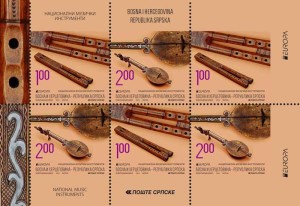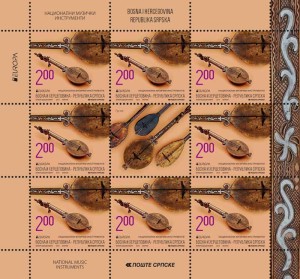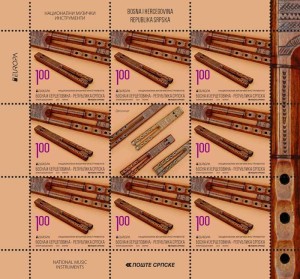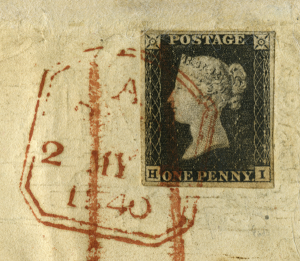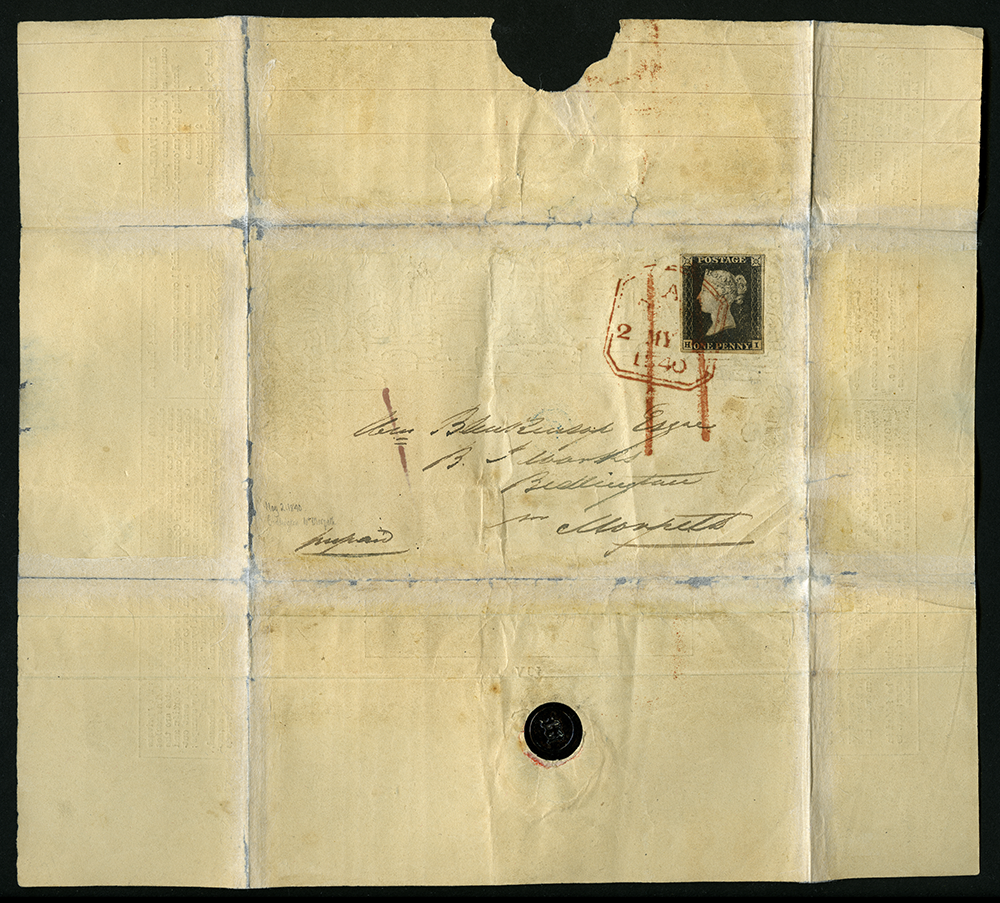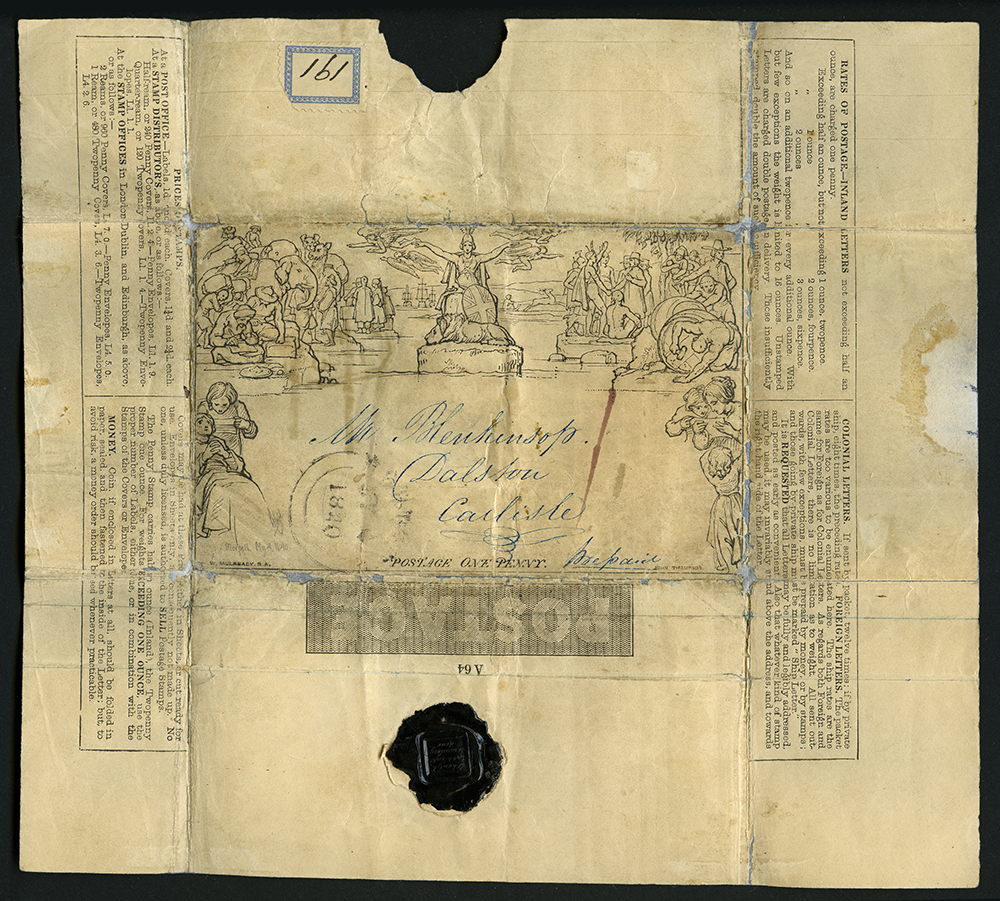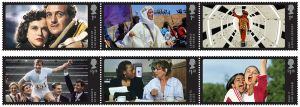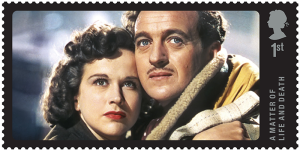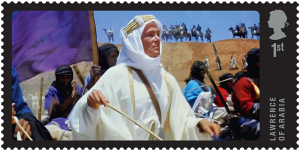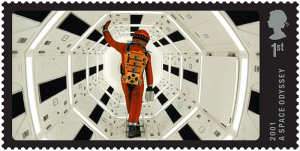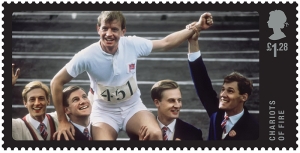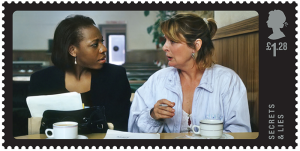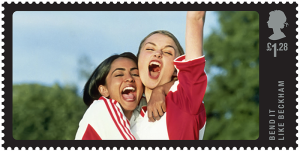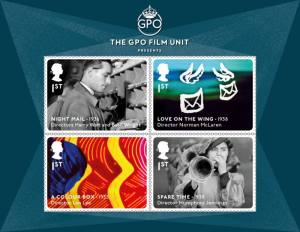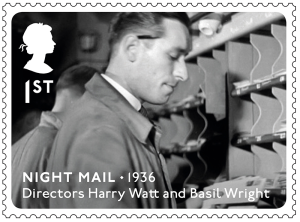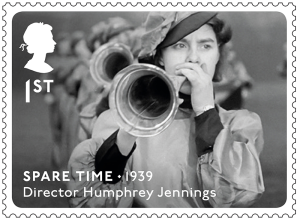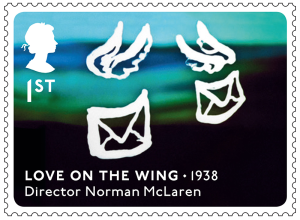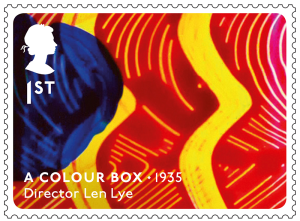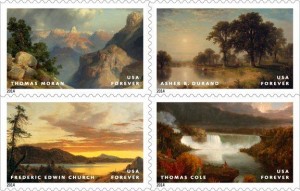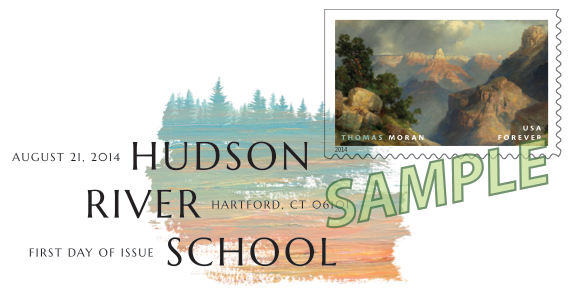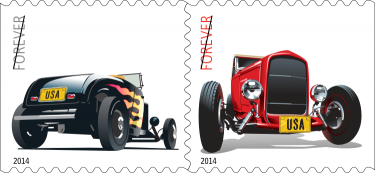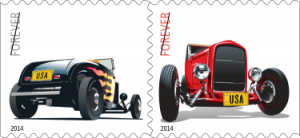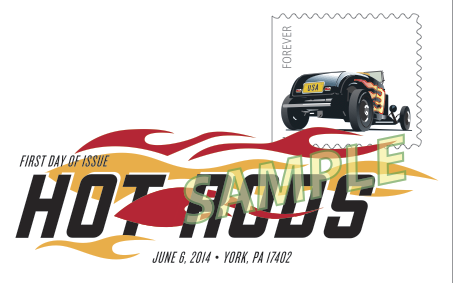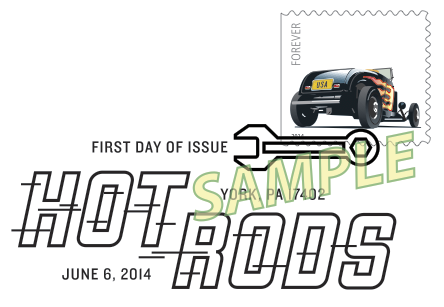A Review of the Last 60 Years
by John M. Hotchner
“The more things change, the more they remain the same,” according to the old wise man. But as I think back over my 60+ years in the hobby, where we have come from and the changes I have seen, I don’t think this old saw is true of philately. I’d like to do a little free association here, and list ten changes I am pleased with and ten I am not so happy about. In other words, things that help the hobby, and things that in my view are not positives. First the positive changes, in no special order:
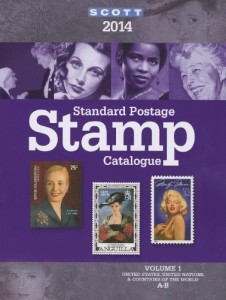 1. Improvements in the Scott Catalogue (addition of color, new features in the Specialized, release of the 1840-1940 Classic Specialized, increasing the scope of listings in all catalogs, efforts to have prices mirror the market). Catalogs are the bedrock of the hobby. The more complete, accurate and attractive they are, the easier it is to collect.
1. Improvements in the Scott Catalogue (addition of color, new features in the Specialized, release of the 1840-1940 Classic Specialized, increasing the scope of listings in all catalogs, efforts to have prices mirror the market). Catalogs are the bedrock of the hobby. The more complete, accurate and attractive they are, the easier it is to collect.
2. The increase in the range of subjects on U.S. stamps since the Presidentials of my youth. Of course this can be and sometimes is a mixed blessing, but in general, the more the nation’s stamps relate to the lives and passions of the people who collect them or might collect them, the better. Development of regular multicolor printing has made the stamps more attractive as well.
3. Continuing and growing interest in the usages of stamps on cover. Not only does this speak to why the stamps were issued, but it also expands the hobby in a way that is limitless as one stamp can be used in many ways, to many destinations, with many different interesting cancellations, and more.
4. Philatelic exhibiting has gone from showing mainly expensive stamps in a stamp- or set-focused presentation, to an undreamed of inclusiveness that encompasses postal history, topical/thematic collecting, illustrated mail (think of FDCs and other cachets), the development of aeronautics and astronautics as shown by covers, Cinderella material, post cards, and even exhibits that include non-philatelic memorabilia that supplements it.
5. In parallel with #4, constantly increasing quality, consistency and accountability in philatelic judging, that puts more emphasis on the story being told and illustrated by the stamps and covers, and less on the raw dollar signs associated with the material in the exhibit. Together, numbers 4 and 5 bring exhibiting within the range and ability of many more stamp and cover collectors, and computers have made it far easier to do exhibits, too.
6. The rise of the Internet while a bit of a mixed blessing makes philatelic information and access to the hobby’s formal infrastructure far more available to both collectors and potential collectors.
7. The rise in the number of philatelic specialty organizations has promoted inquiry into, and collecting of, smaller slices of the philatelic pie that used to be mostly ignored. The result has been publishing and wider dissemination of information about previously unknown and uncared for material, making the hobby much more attractive to a wider range of collectors.
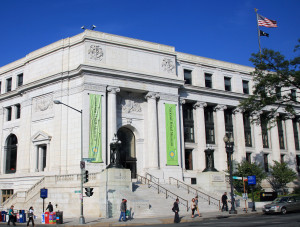 8. The establishment of the Smithsonian’s National Postal Museum in Washington, D.C., which has brought a focus to the importance of stamps and the U.S. mails in the development of the United States. The expansion of the Museum due to its director Allen Kane and his deputy, Cheryl Ganz, will give all collectors in the U.S a home in the Smithsonian system, and center of excellence to be proud of in showing their families the importance of philately.
8. The establishment of the Smithsonian’s National Postal Museum in Washington, D.C., which has brought a focus to the importance of stamps and the U.S. mails in the development of the United States. The expansion of the Museum due to its director Allen Kane and his deputy, Cheryl Ganz, will give all collectors in the U.S a home in the Smithsonian system, and center of excellence to be proud of in showing their families the importance of philately.
9. A growing realization on the part of many in the hobby’s organizations, especially the American Philatelic Society, that more than children and Caucasian men aged 50 and beyond should be targeted with the good news of philately — its ability to generate enthusiasm and enjoyment, and its collateral benefits in learning, reducing blood pressure, and meeting and sharing the hobby with new friends. This has led to productive outreach efforts and there will be more.
10. The inevitable rise in the number of direct buy and sell systems on the Internet, and the presence of dealers and auctioneers who are learning to use new technology to grow their businesses and to fill the needs of increasingly computer-literate generations of collectors.
All right. On to the less-happy changes:
1. The inability of the trade to replicate Denison hinges.
2. Steep price rises in the cost of some of the basics of collecting: catalogs, albums, yearly supplements.
3. Decrease in the number of worldwide collectors, and even total-country collectors, in favor of topical collectors. I’ll happily accept new collectors in the hobby however they start, but those who start with a more limited vision of their challenge may not ever gain a full appreciation of the breadth and depth of the hobby.
4. The rise of the Internet has had an unfortunate effect in luring collectors away from philatelic publications and the clubs and societies that are responsible for so much of the positive activity upon which the hobby is built. Why should they pay dues or subscription fees when so much is freely available? But deeper engagement with the hobby’s activists and scholars is a desirable end, and it can’t be done as a lone wolf. Nor does that status help to build the hobby’s institutions, which is done mostly by volunteers who get involved.
5. The inclusion and then exclusion of European post-WW II Allied Military Government (AMG) issues from the Scott U.S. Specialized, and Scott standing fast these days on refusing to bring them back into the Catalogue.
6. The decreasing presence of U.S. history and non-arts, non-sports Americans of note on U.S. new issues.
7. An increase in condition standards such that too many look down their noses at anything less than 100% perfection in original gum, centering, lightness of cancel, etc. I have no difficulty with such condition elements being appreciated, but much difficulty with those who proclaim that all else is trash.
8. The over-planning and -organizing of young peoples’ lives leaving no time for free-form activities such as stamp collecting, because planned activities leave parents free to work or pursue their own activities, and because stamp collecting is not thought to contribute to future success in getting into the right school.
9. The rise of toys giving immediate gratification (from hundreds of TV channels, to video games, to handheld electronics) that crowd out activities like stamp collecting that teach slow but steady progress toward long-term goals.
10. The U.S. Postal Service’s short sighted judgment in cancelling the Benjamin Franklin Stamp Clubs in the early ‘90s because the expense in running a program aimed at young kids could not be justified by short-term stamp sales; never mind that the BFSC program represented an investment in longer-term health of the hobby, and with it stamp sales in the future.
You will have noticed that some of the positives and negatives are different sides of the same coin. Change is complicated, and frequently, though it responds to external conditions, the need for change is not always appreciated by those it most affects. Thus, it often is painful if only in the requirement that we suspend old assumptions. What I think is a tragedy is the reaction of some in throwing in their chips and leaving the hobby because they want things to stay the same. Our world is dynamic, so that won’t happen. So, as with all other areas of life, we must learn to adapt as best we can.
I know my lists are not going to match up exactly with yours. If you would like to add your pluses and minus to the above, post them in the comments area here.
Should you wish to comment on this editorial, or have questions or ideas you would like to have explored in a future column, please write to John Hotchner, VSC Contributor, P.O. Box 1125, Falls Church, VA 22041-0125, or email, putting “VSC” in the subject line.



